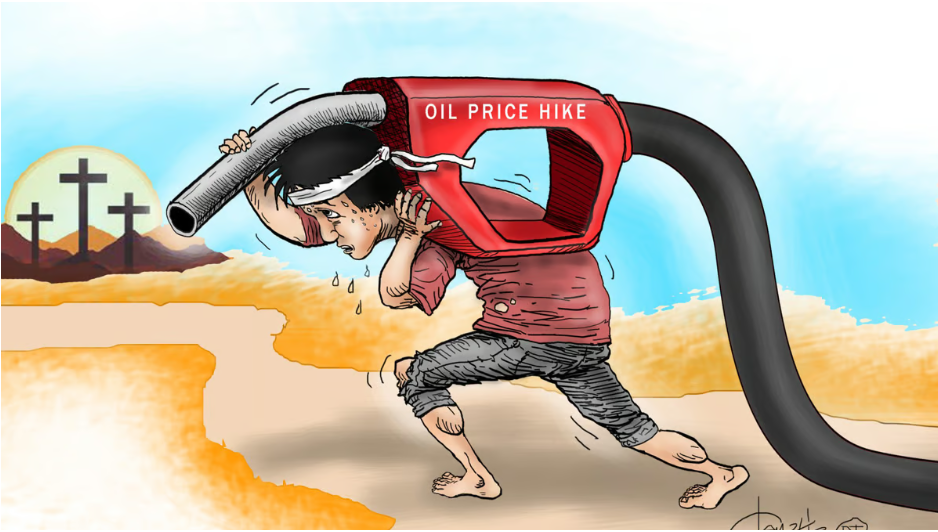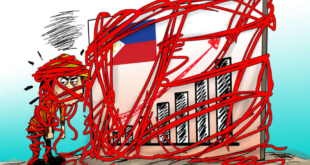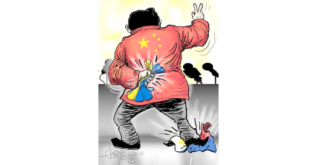Similar to electricity services, they pass on all costs to consumers through the pump prices.

Calvary came days early for Filipinos after oil companies slapped a price shock of more than P2 per liter increase on gasoline and P1.40 for diesel last Tuesday.
Although geopolitical situations like the Red Sea crisis and the war instigated by major producer Russia are pushing global oil prices, the government is not powerless to protect Filipino consumers’ welfare.
Based on Department of Energy (DoE) data, oil companies have from 25 to 40 days of stock, which means that products currently being sold were purchased back when the prices were lower.
Thus, the increases should be possible to stagger or even suspend, not be timed during the peak travel season.
The previous leadership at the DoE pushed hard to unbundle fuel prices for transparency. Since the industry is deregulated, fuel users might as well know where their higher payments are going.
Unbundling fuel prices, similar to what was done for electricity bills, will make the costing process transparent and aim to ferret out hidden profit schemes like transfer pricing, which is believed to be craftily hidden in the prices.
Transfer pricing is the markup a parent company charges on the sale of fuel to its local units, which increases its income.
The unbundling of oil prices needs a law that legislators, particularly those who pretend to be the champions of consumers, refuse to sponsor or support.
Transparency should expose the real culprits in rising fuel prices, aside from the more than 30 percent in taxes tacked on oil products.
Increased fuel importation makes the country reliant on external factors that affect prices.
As the economy grows, the demand for fuel consequently rises, which may be exacerbated by the dependence on imports for electricity.
Indigenous gas sources will have to be increased, which requires the government, specifically the DoE, to encourage bigger investments in exploration and development.
Homegrown energy sources also mean price controls. For instance, the DoE has been negotiating with the Malampaya consortium to keep the price of natural gas stable.
The pricing formula for natural gas has remained stable and, according to Energy Secretary Raphael Lotilla, has provided a cushion over the 20 years that the formula has been in place. He added that the price of Malampaya gas is lower than that of imported liquefied natural gas.
“That’s why we are encouraging natural gas exploration, so this can continue to cushion the country’s power prices,” Lotilla said.
Petroleum exploration in areas considered rich in reserves is saddled with a territorial dispute that makes it difficult to attract investors, while those with contracts with the government are sitting it out until the political dust clears.
Nonetheless, the private sector is pivotal to pricing, considering that the oil business is a utility service that should balance consumer and profit interests.
Similar to electricity services, they pass on all costs to consumers through the pump prices.
During the regime of President Ferdinand Marcos Sr., the government maintained an Oil Price Stabilization Fund (OPSF) from which oil companies drew money when global prices were high and contributed to it when the market was soft.
It stabilized prices, but when the Organization of Petroleum Exporting Countries price shock happened in the early 1980s, the OPSF was discontinued in 1984.
Another proposal that was considered but forgotten was the establishment of a strategic petroleum reserve or an oil stockpile.
As the rising cost of living bombards Filipinos, the government should make its presence felt, particularly by keeping fuel prices low.
It is not enough that the DoE provides a heads up to “big time” upswings while consumers feel helpless about it.
*****
Credit belongs to: tribune.net.ph
 Atin Ito First Filipino Community Newspaper in Ontario
Atin Ito First Filipino Community Newspaper in Ontario






